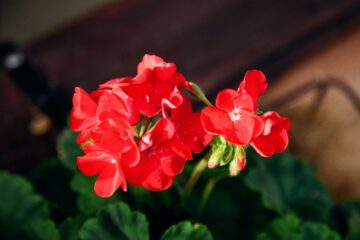Snowdrops are one of the first flowers to bloom in the spring. They’re also one of my favorite flowers, but I’m always worried about making sure they survive their first winter. Luckily, snowdrops are really easy to care for, and all it takes is a little planning and a commitment to the task. Here’s what you need to know about taking good care of your snowdrops so that they’ll last through winter:
Planting is hard work
Planting snowdrops is a bit of a fussy business. They prefer to be planted in well-drained soil, so if your garden doesn’t have that, you should amend it with sand or grit before planting. You also need to make sure they’re placed in full sun–snowdrops don’t like shade! If possible, plant them either in fall or spring (but definitely not over the winter).
If you follow all these directions correctly and still don’t see any new growth after six weeks, it may be time for some troubleshooting: have you been watering regularly? Is there enough sunlight reaching those bulbs? Perhaps there’s too much competition from other plants around them; try moving them somewhere else where they can grow undisturbed by competing vegetation.
They like a sunny spot.
Snowdrops are a bit of a fusspot when it comes to light. They like a sunny spot, but not too much sun: they will flower better if you give them a bit of shade during the day.
If you want your snowdrops to flower well, then make sure that the plants get at least six hours of direct sunlight each day (more is better). You can either plant them in full sun or partial shade – just make sure that they don’t get too hot!
Don’t plant them too deeply
You want to plant your snowdrops with their pointy end up, so that they can grow upwards. It’s also important to plant them at the right depth in the ground: you should be able to see about half of the bulb above ground level, with some roots spread out below.
Don’t forget about them
Snowdrops are not frost tolerant and can be damaged by temperatures below -5C (23F). If you want to keep your snowdrops alive over winter, you will need to protect them. You can do this by:
- Moving them inside
- Planting them in pots that can be moved indoors or protected with fleece or bubble wrap (see next section)
- Planting them in an unheated greenhouse that has been insulated with straw bales and covered with fleece or bubble wrap
- Cover with mulch to insulate and protect from frost
- Use cloches to protect them from the worst of the cold weather.
Snowdrops are beautiful when they are in bloom, but they need special care to make it through the winter
Snowdrops are a sign of spring, and they’re also easy to grow. But they do need special care to make it through the winter.
The best time to plant snowdrops is in autumn–they can be planted as soon as the ground has been cleared of leaves, but should not be put into cold soil until late November or early December. They should only be planted where there will be plenty of sun during the day so that they can get enough warmth from the sun during winter months.
We hope that you have enjoyed learning about snowdrops, and we wish you luck with your own planting.
Keep on top of your gardening with our free online journal
Our free online tool allows you to organise your ideas and garden plans and help you be as efficient as possible in the garden.
Sign up now

